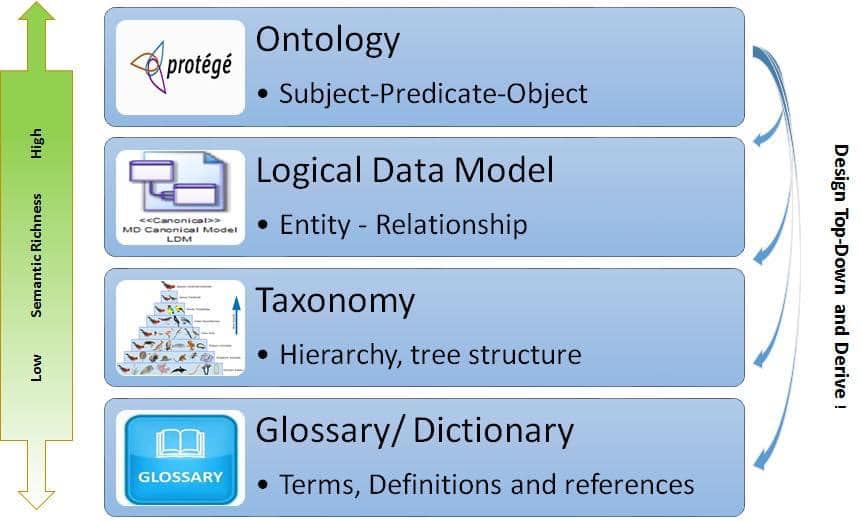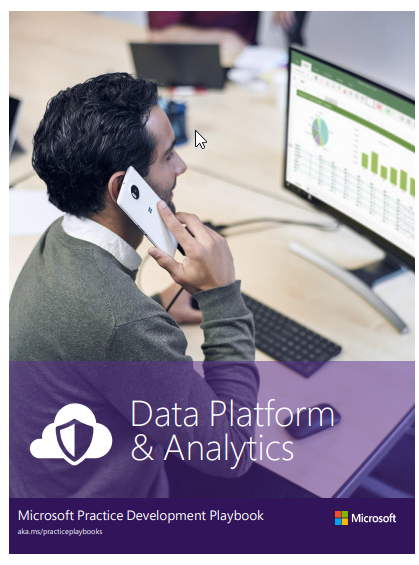 Many organizations, especially large ones, are struggling to implement and drive their digital transformations. In fact, only about a third of large-scale digital transformation efforts succeed. No wonder, considering the multitude of external and internal pressures and complexities that have to be addressed. External pressures snowball at the rapid pace of technological progress and corresponding changes in customer behavior. Internal legacy, complexity, stakeholders and the organization’s cultural identity often feel like a static, solid hindrance that desperately needs to be broken down and put in motion.
Many organizations, especially large ones, are struggling to implement and drive their digital transformations. In fact, only about a third of large-scale digital transformation efforts succeed. No wonder, considering the multitude of external and internal pressures and complexities that have to be addressed. External pressures snowball at the rapid pace of technological progress and corresponding changes in customer behavior. Internal legacy, complexity, stakeholders and the organization’s cultural identity often feel like a static, solid hindrance that desperately needs to be broken down and put in motion.
![]()







 การให้บริการดิจิทัลในยุคที่ผู้ใช้มีความต้องการที่หลากหลายและมีพฤติกรรมที่เปลี่ยนไปจากเดิมมากๆ หมายความว่าผู้ออกแบบบริการต้องมีวิธีการใหม่ๆด้วยรายงานกว่า 130 หน้านี้ คือ คู่มือการออกแบบบริการดิจิทัล หรือ Service Design Playbook ที่แม้ว่าจะเน้นบริการภาครัฐแต่ก็สามารถใช้กับบริการของเอกชนได้ด้วย หลักใหญ่ๆของการออกแบบบริการในยุคดิจิทัลคือ กระบวนการต่างๆต้องมีความยืดหยุ่นที่จะสามารถปรับเปลี่ยนได้ตลอดเวลา โดยเฉพาะการที่เอาแนวคิดของ Design Thinking และ Agile Development มาใช้ เราต้องหาจุดที่เข้าไปแทรกในกระบวนการที่ เหมาะสมและลงตัวให้ได้นั่นเอง
การให้บริการดิจิทัลในยุคที่ผู้ใช้มีความต้องการที่หลากหลายและมีพฤติกรรมที่เปลี่ยนไปจากเดิมมากๆ หมายความว่าผู้ออกแบบบริการต้องมีวิธีการใหม่ๆด้วยรายงานกว่า 130 หน้านี้ คือ คู่มือการออกแบบบริการดิจิทัล หรือ Service Design Playbook ที่แม้ว่าจะเน้นบริการภาครัฐแต่ก็สามารถใช้กับบริการของเอกชนได้ด้วย หลักใหญ่ๆของการออกแบบบริการในยุคดิจิทัลคือ กระบวนการต่างๆต้องมีความยืดหยุ่นที่จะสามารถปรับเปลี่ยนได้ตลอดเวลา โดยเฉพาะการที่เอาแนวคิดของ Design Thinking และ Agile Development มาใช้ เราต้องหาจุดที่เข้าไปแทรกในกระบวนการที่ เหมาะสมและลงตัวให้ได้นั่นเอง คุณภาพข้อมูล หรือ Data Quality เรามักจะคิดถึง “ข้อมูล” ในลักษณะที่เป็นฐานข้อมูล ข้อมูลที่เป็นตัวเลข แต่ในการบริหารจัดการข้อมูลขององค์กรแล้ว ข้อมูลประเภทเอกสารที่มีตัวเลขในแบบรายงานต่างๆก็ถือว่าเป็นข้อมูลที่มีความต้องการที่ต้องให้มีคุณภาพเหมือนกัน คู่มือจัดการคุณภาพข้อมูลเล่มนี้ เน้นไปที่ข้อมูลในด้านการเงินการคลังของภาครัฐของอเมริกา ที่กรมต่างๆต้องส่งให้กระทรวงการคลัง เช่น งบประมาณ บัญชี หรือทรัพย์สินต่างๆ ดังนั้น “คุณภาพข้อมูล” ในลักษณะนี้ต้องการมากกว่าความถูกต้องเท่านั้น มันรวมความถึง “การควบคุม” ในกระบวนการหรือ Flow ของข้อมูลด้วย นี่คือ คู่มือสำหรับ นักบัญชี นักการเงิน และ ผู้ตรวจสอบภายใน เพื่อที่จะได้เข้าใจทำอย่างไรจะได้คุณภาพข้อมูล
คุณภาพข้อมูล หรือ Data Quality เรามักจะคิดถึง “ข้อมูล” ในลักษณะที่เป็นฐานข้อมูล ข้อมูลที่เป็นตัวเลข แต่ในการบริหารจัดการข้อมูลขององค์กรแล้ว ข้อมูลประเภทเอกสารที่มีตัวเลขในแบบรายงานต่างๆก็ถือว่าเป็นข้อมูลที่มีความต้องการที่ต้องให้มีคุณภาพเหมือนกัน คู่มือจัดการคุณภาพข้อมูลเล่มนี้ เน้นไปที่ข้อมูลในด้านการเงินการคลังของภาครัฐของอเมริกา ที่กรมต่างๆต้องส่งให้กระทรวงการคลัง เช่น งบประมาณ บัญชี หรือทรัพย์สินต่างๆ ดังนั้น “คุณภาพข้อมูล” ในลักษณะนี้ต้องการมากกว่าความถูกต้องเท่านั้น มันรวมความถึง “การควบคุม” ในกระบวนการหรือ Flow ของข้อมูลด้วย นี่คือ คู่มือสำหรับ นักบัญชี นักการเงิน และ ผู้ตรวจสอบภายใน เพื่อที่จะได้เข้าใจทำอย่างไรจะได้คุณภาพข้อมูล